|
i want my daughter to be strong and kind and happy in her own skin. And I want her to be able to look at society's expectations of women with a critical eye. I try to lead by example. ~hannah henderson
0 Comments
my favorite page from this book (it is not a book about conscientious consumption, but includes a chapter entitled wear your conscience):
conscientious consumption -shop mindfully. -know who makes your clothes and what they're made of. -ask yourself: do i need it? is it multifunctional? do i love it? will it last? -commit to your clothes. -buy secondhand: consignment, thrift, vintage, charity shops like goodwill. -don't buy anything at all. -start a fashion swap. -sign up for rent the runway, le tote, bag borrow or steal, mine for nine. -mend your clothes. -if you don't know learn to sew. -start a sewing social. -love what's in your closet. -wear and re-wear everything you own. from brooklyn street style by anya sacharow and shawn dahl i realize these fewer ends posts are a cross between...obviously and crazy...it's all a matter of perspective, i guess. :) no preaching here, just sparks...or take it as you will. anyhow...
in college, my friends and i would cut each other's hair. it was easy and free. when we got married, i started cutting my husband's hair. it wasn't entirely without incident, but it worked. :) we didn't have much money at all then. he was in grad school and i was just starting out as a nurse, so i asked him to cut my hair... once. he kept trying to straighten the line across my back and i could just feel it getting shorter and shorter. i didn't let him try again. :) the girls have very easy one length haircuts that i have always cut. it took some guts to finally try cutting my own hair, but i worked up the nerve and told myself that i could always go to the stylist (as long as i didn't cut it too short). it worked out fine and it's been a few years since i've gone and paid to get it cut. i would not have attempted cutting my own hair when it was short, but at this point i believe that it looks best longer...and now that i can cut it myself, there is even more motivation to keep it longer. so i cut this tribe's hair. we don't pay for haircuts. if this is a goal. start with an easy cut and a good pair of scissors that is especially made for cutting hair and only used for this purpose (mine cost much less than the cost of a good haircut). :) there are also lots of tutorials out there online. this post is one of a series based on this quote by courtney carver, "instead of figuring out how to make ends meet, work on having fewer ends," and originating here. love, jane the majority of minimalist conversation seems to focus on getting rid of things. we have an excess of stuff and we need to purge. capsule wardrobes, decluttered homes, marie kondo-ing...there is much focus on the front end...getting rid of the "too much". i have found that with so much focus on letting things go...while preparing to move overseas, moving back again, trying to live more minimalisticly, trying to have a minimal wardrobe...i have flexed this "letting go" muscle so often that i am quite good at it.
my attachment to things is quite low. i have let yearbooks go. i have let childhood books (both mine and my girls') go. i have let prized flea market finds go...and on and on. on one hand it feels good that things do not own me. for the most part, i am not defined by things. on the other hand i think that it is possible to become too detached from things. i am at a point now where i have what i need and not too much more. i can still easily look at a shirt in my closet and think, i would be fine with getting rid of that. the only problem is that i do need some shirts to wear. if i let too many things go too easily, i will find myself shopping again. i've been feeling the tug-of-war between attachment vs. detachment. i don't want my things to own me...and yet, i need to value the things that i have/need in order to value the planet and the people who live on it. i need some sort of attachment to the things i own so that i don't just end up letting things go in order to replace them with something better. if i value the planet and its limited resources, i have to put some value on my things in order to care for them well...and then put effort into mending and repairing them. if i over-flex my letting go muscle, i could end up in the same cycle of consuming that haulers and hoarders find themselves in. they are accumulating more and more. i would be endlessly purging and buying. i would have less, but would be stuck in the same cycle...one of using people and not valuing anything. the minimalists like to say, "love people, use things...because the opposite never works." i agree...but there is a point at which tossing "things" a little love has some validity. some love for my things helps me to love people...those people who make the things i need...those people who will come after me and have to deal with all the waste that i've created. in this case maybe it is appropriate to say, "value things, but always value people more". have you felt this tug-of-war? love, jane minimalist home tours often make me crave those clean surfaces. i still haven't achieved empty counters (and i'm not sure i'm going to), but i'd like them at least to be clear of the extra clutter that gathers there. here are my thoughts. :) like anything else related to minimalism, have less stuff the kitchen counters (my nemesis in the clean surfaces arena) --need to start with as little as possible meant to be there...that way they look cluttered when they are --clean to zero each morning and/or evening --deal with mail right away...recycle, read, and act (or have a home for mail that needs further action) --don't set it down...just put stuff away right away...it usually takes less than a minute --each person is responsible for washing their dishes as soon as they are finished with them the table is for food or whatever activity you are doing on it at the moment --put it away/clean up when you are finished have a place for everything, and put everything in its place
if there are surfaces, make them pretty --and keep them that way :) the easiest way to have clean surfaces is to have less surfaces (in our home, it looks like this:) --no coffee table or end tables (i can reach my drink on the floor + a basket for my current reading/notebook) --no dressers (our clothes fit into our closets) --no buffet in the dining room (everything fits into the kitchen cabinets) --no entryway table (there's no room for one...hooks instead) how do you do it? love, jane i have to admit that i am quite excited about this make! as soon as i saw marilla walker's jumpsuits as tests for this pattern, i knew i wanted to try one. i loved my black crane jumpsuits for summer and into autumn, so i really wanted one that i could wear in colder weather layered up with sweaters and boots (and then in the warmer weather on its own)...and now i have it! i watched and waited for marilla to finalize her pattern...and was so excited to try the robert's collection that i bought the pattern the day i first saw it available...which is why i had to tape pages and pages together to make the pdf pattern. now you can buy it as a physical copy, which i would recommend. :) i put off making it for so long, because i was afraid it wouldn't fit or work just right on me...i just didn't want the possibility to be gone. so this became a slow fashion garment...and i'm glad that i didn't rush it. i'm not sure why really, because it turned out great...but somehow i feel like i savored the process more...and now maybe i value the finished piece more. (but really that is just because it turned out well.) :) anyway, the project unfolded slowly: printing the pattern out, taping it together, cutting out the pieces, tracing my size onto tissue paper (my cheap tracing paper), marking out my adjustments, cutting fabric, sewing, and adding buttons and buttonholes. i took my time. i made the following adjustments to the pattern, just as a matter of preference: -raising and rounding the neckline. -straightening the cut of the outer leg -making the back waist seam go straight across -shortening the length to a slightly cropped length i bravely (or recklessly) cut right into my fabric without making a muslin first...and came out with my perfect jumpsuit! marilla has the sizing just right (phew!), the drape of the rayon/linen is perfect, there are pockets, and i am in love!
pattern: marilla walker's roberts collection fabric: ivory brussels washer love, jane responsible ingredients…low waste…cost effective. shampoo has been difficult to figure out. i started this post over a year ago. 1. december 2014: i think we all know that there are harmful ingredients in drugstore cosmetics. here is a list of the david suzuki foundation's "dirty dozen" chemicals found in many of them. many of these chemicals are linked to cancer and are harmful for wildlife who encounter them through our water waste. when i began this quest, i looked at the labels on our bottles of drugstore shampoo and found "dirty dozen" ingredients on each label. 2. january 2015: in the past, i have tried shampoo bars (like a bar of soap, but made to be shampoo specific). it was difficult to get lather and to feel like my hair was clean. the bars seemed to go quickly and i felt that extra time with the water running was needed to scrub my head. i tried my liquid soap as shampoo. it doesn't lather very well, so i used quite a bit. even when i tried using less, it left a waxy build up and left my hair looking greasy around the hairline when dry. i could have tried an apple cider vinegar/water rinse, but didn't want the scent... and i had already noticed a lot of breakage from the vigorous massaging used to get the hair clean. many people like this method, and it may work better on shorter hair (mine is on the longer side). i really was hoping it would work for me, since it is zero waste and very cheap! 3. if available, bulk shampoo and conditioner may be a great solution. yes, there will still be plastic packaging and transport involved with the larger containers of bulk shampoo and conditioner, but as bea says in zero waste home, "it invests money in bulk shopping and future development (ideally containers would travel back and forth between the two)." "the two" being factory and store shelf. i haven't been able to locate bulk shampoo or conditioner in our area. 4. february 2015: i remembered that aveda salons used to refill shampoo and conditioner bottles in their salons. i went to ask, and they said they do not do refills. aveda products might be a good option, since they use natural ingredients and have large one liter bottles available. their bottles are made from 100% recycled plastic. they will even take the tops back to recycle, if your city doesn't recycle them yet. after researching the different lines on the website, i went to the salon to purchase sample sizes of my top three choices to see which would work best for me. i thought i would use the sample bottles for travel refilling, when empty. sample sizes were not available in the lines i wanted (i've had this little bottle for a while), so i bought the smallest bottles of one type (the cheapest) of shampoo and conditioner. this is an expensive option and i'm not sure my budget can handle it. my hair is broken and my scalp is itchy. i don't think this is the right option for me and the price is going up, up, up. 5. march 2015: i've tried some more natural shampoos and conditioners in the past and found that the shampoos do not lather much and the conditioners don't moisturize as much as my previous drugstore brand. this has resulted in increased amounts of shampoo being used, so i don't feel like this makes them low waste. at this point, however, i feel like these are cheaper alternatives to aveda. there are some big bottles and some 100% recycled bottles, so i think i will now experiment with a few products available at whole foods. if this is to work for the girls too, i need to keep this cost effective. 6. june 2015: i have found a brand that makes my hair feel great (acure). there are only 8 oz. in a bottle, however, so it is pricey and the packaging is excessive (since there are no larger bottles available). i feel like this is my best option right now though, due to the lack of dirty dozen ingredients. jo and julia are each using the alba. it comes in a recycled + recyclable bottle. i was able to find a bottle twice the size of the one pictured at target. it does not lather much, but they seem to like it well enough. 7. november 2015: i saw an instagram picture of a bulk shampoo selection and it hit me: i can just buy that huge bulk jug for our family! the bulk container was always part of buying bulk shampoo. the store had to count it as their waste (yes, recycling), but it was always a waste product of the "zero-waste" shampoo people were buying.
since i could see the bulk containers in that instagram picture, i could read the brand name and search amazon for it. customers raved about its natural ingredients, and i was actually able to find a sample size container of the shampoo at whole foods to try first. it lathered well and didn't seem too drying, so i went ahead and bought a bulk container (january 2016). jo split the cost and the jug with me. not only are we saving many shampoo bottles from having to be made and recycled, but jo is paying half the price per ounce and i am paying one-third the price per ounce of our previous shampoos! and then i double checked to see if any of the dirty dozen were hiding in this "natural" shampoo. i found cocomide MEA, which though partially derived from coconut can react with other chemicals to produce carcinogenic substances. further investigation revealed that it is allowable in the european union (a much better gauge of chemical safety than american regulation). i'm not sure that my search is over, but i think we are in the best place we've been so far in terms of health, waste, and performance. november 2016 update: we are still finishing up that one bulk container we bought in january! julia finished her bottle of alba and has been using the shikai as well. we are happy with it and have our next bulk container ready to go. three girls with longer hair (all shampooing every day) + one bulk container of shampoo = almost one year of clean hair. what solutions have you found for natural, low-waste shampoo? love, jane back to school, so back to zero-waste traveling snacks.
zero-waste energy bites 1/2 c. peanut butter 1/3 c. honey 1 c. oats 1/3 c. coconut 1 1/2 Tbsp. wholewheat flour 6 Tbsp. chocolate chips mix. form into 1 1/2 inch balls. chill. we adapted this recipe to what we had...with all bulk ingredients, and...yum! a little jar in the backpack + off you go! brain power, baby! (or something) :) love, jane a few days ago, i was considering replacing a pair of leggings (now mended) and thought of outdoor voices. i have a pair of their shorts that are made in the usa (where all of their product was made). upon further investigation, i found that they have moved all of their production overseas. it reminded me of brands like marais usa and everlane who also started out with exclusively american production, but didn't stick with it.(marais usa does now have some made in la shoes, so i wonder if they have reconsidered.)
i understand that production costs are much lower overseas, but know that there are many other costs involved. garment workers are underpaid and taken advantage of, and there is a cost to our planet incurred by all the moving around of the pieces of a shirt or pair of jeans in the production process. and then i read this. employees in american garment factories are often taken advantage of as well. it is maddening and disheartening. i'm not advocating for opting out of the apparel industry, because i would like to see the system improved, not abandoned. right now, however, i think it is good to consider how much work goes into sewing garments. how would it feel to sew all day and still not be able to provide for my family? there are skills involved in sewing, weaving, dyeing, stitching, knitting...the work can be hard on a body...and we are not valuing that when we buy cheap clothing or that of unknown origins. so while i tried to pick items in my dream wardrobe that were fairly made, i thought it would be interesting to see if i could find patterns + fabric/yarn to sew/knit pieces similar to those i admire. in columns from left to right (+ corresponding to this post), here is what i came up with: 1. marilla walker's roberts collection jumpsuit + cream brussels washer 2. great falls by pam allen with extended neck + quince & co. puffin, delft 3. ada pullover by carrie bostick hoge + brooklyn tweed shelter, barn owl 4. weekender shirtdress (moving shoulder gathers closer to neck + other adjustments) + navy cotton & steel 5. lzpattern (adjusting size and strap length) + tandy leather 6. wiksten tova + liberty tana lawn glenjade navy 7. grainline lark or hemlock + hemp/organic cotton stripe + alabama chanin organic cotton, white 8. ada sprang espadrilles + hemp canvas + indigo dye + soles 9. kim hargreaves darkness + brooklyn tweed quarry, alabaster 10. weekender boyfriend jeans + bleached indigo denim 11. another roberts collection jumpsuit + cotton ikat this list only seems even the tiniest bit possible, because it originally employed the priority of "less". it would be quite an undertaking (work/time-wise + materials cost-wise) to tackle every one of these projects...so it reminds me to value the work + materials that go into the clothing that i buy and own. it will be interesting to consult these two lists as i encounter the need to replace items in my own simple wardrobe- one list of fairly-made options, and one with me-made options. here's to the fair + simple wardrobe! love, jane p.s. thanks again to jo for the polyvore set making! :) |
on a journey toward zero-waste, simplicity, + compassion :: daring to choose fair one choice at a time
|
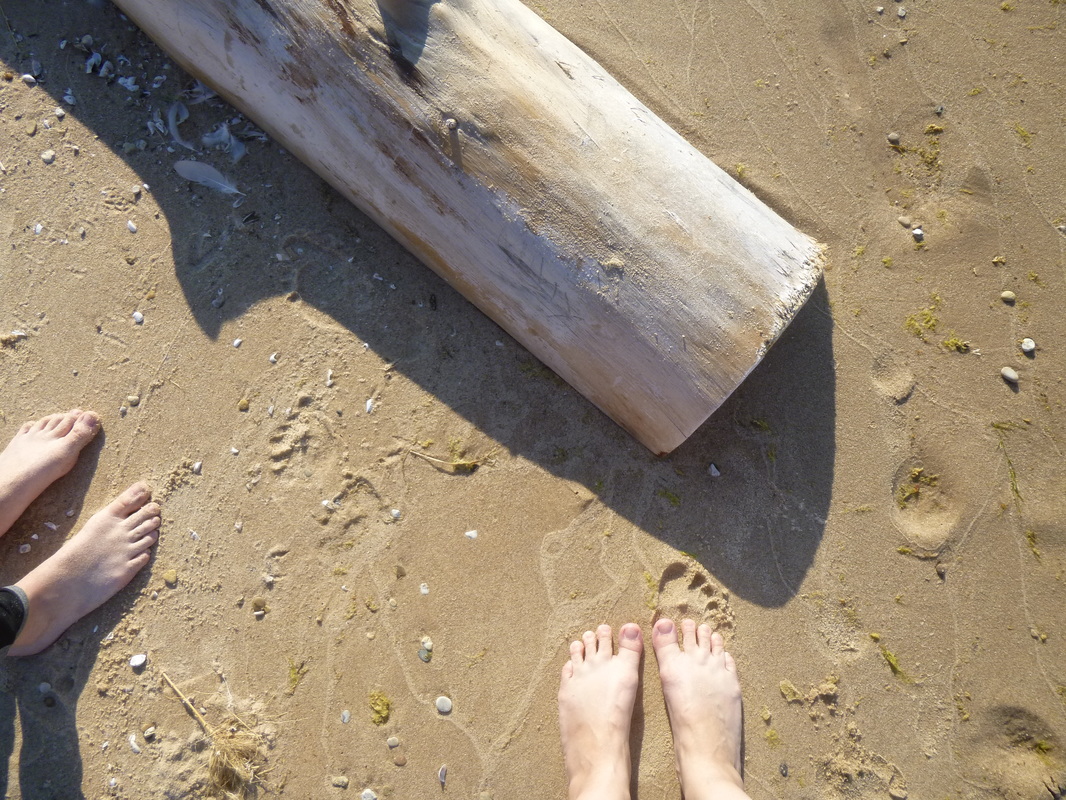
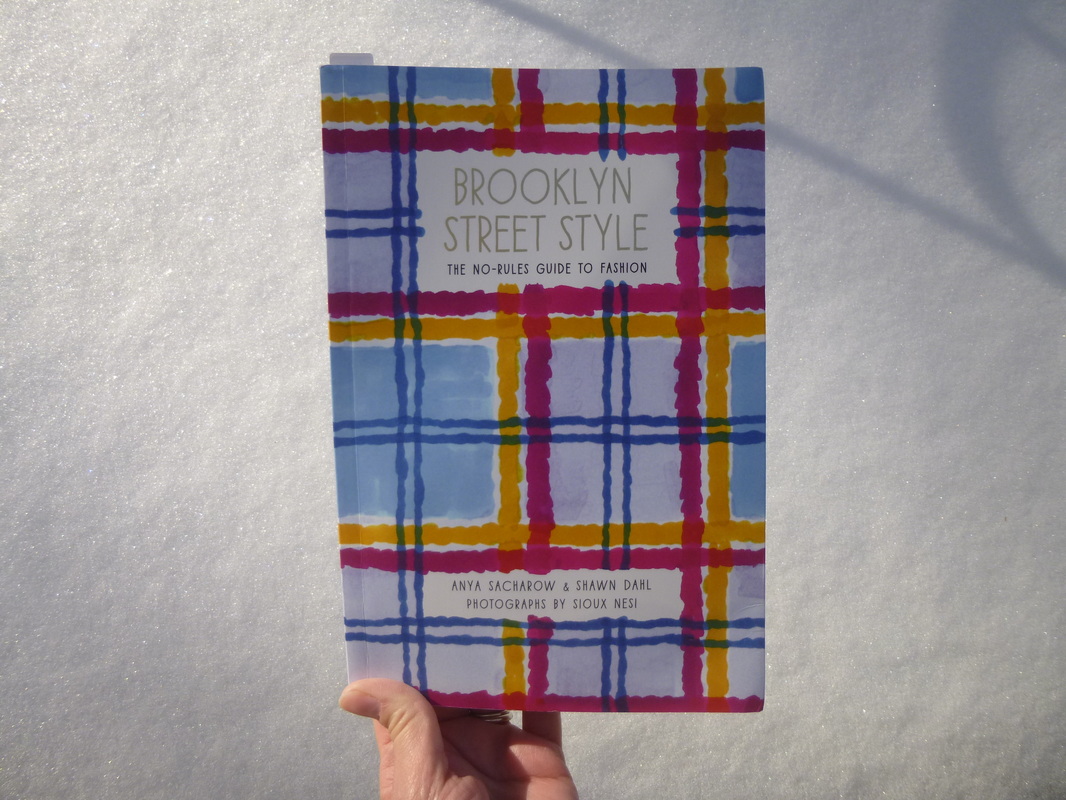
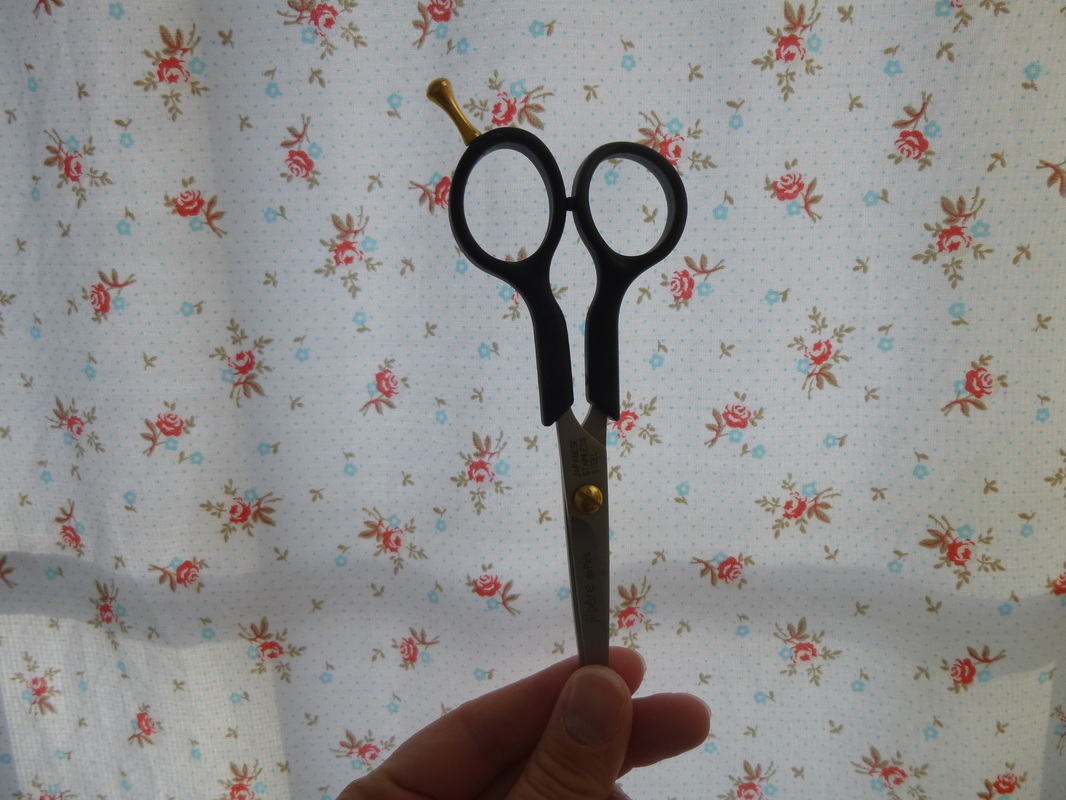
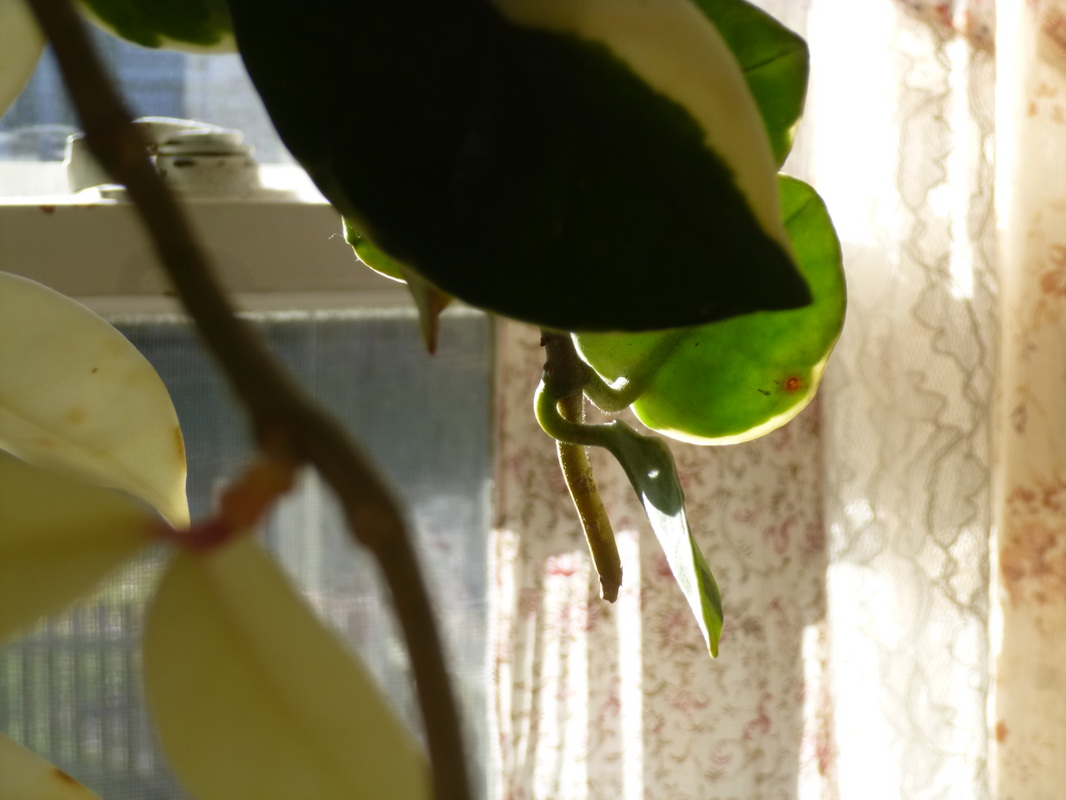
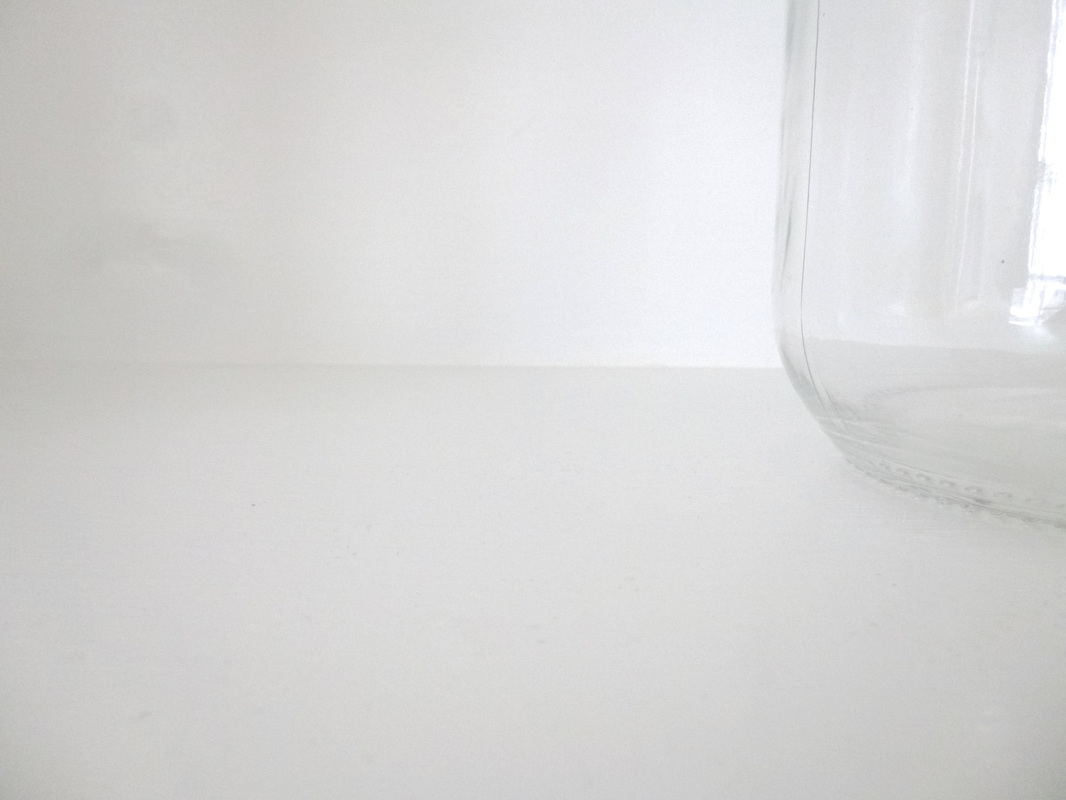
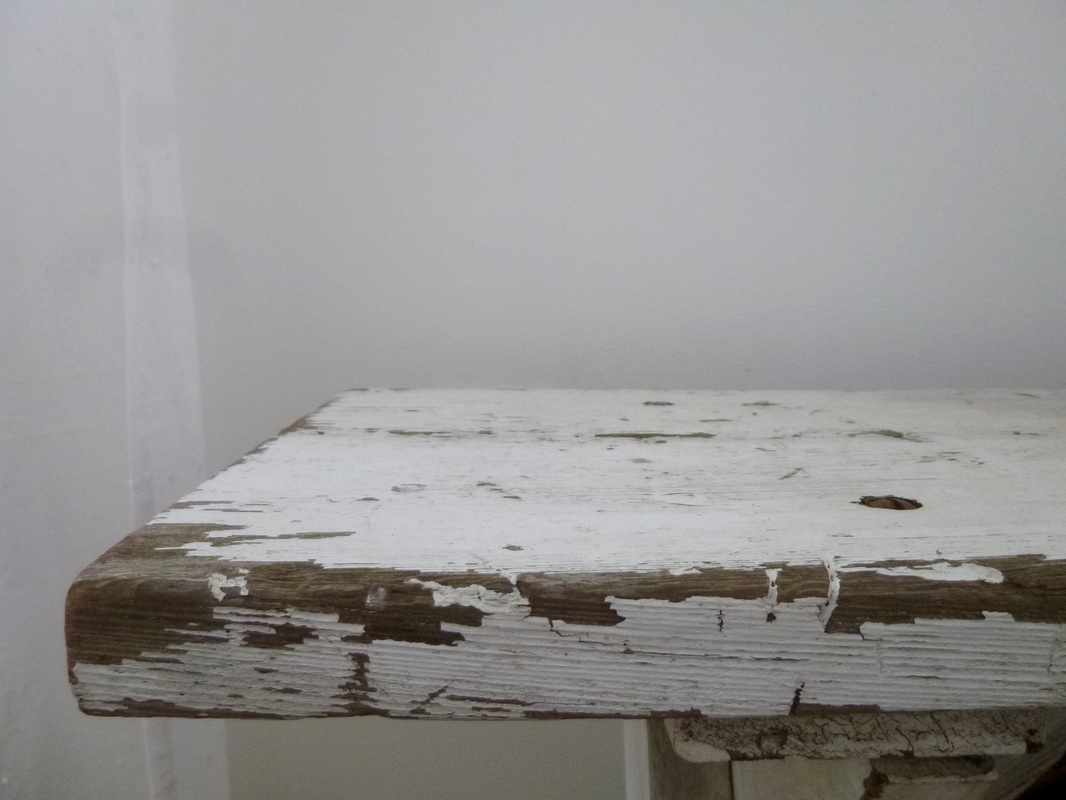

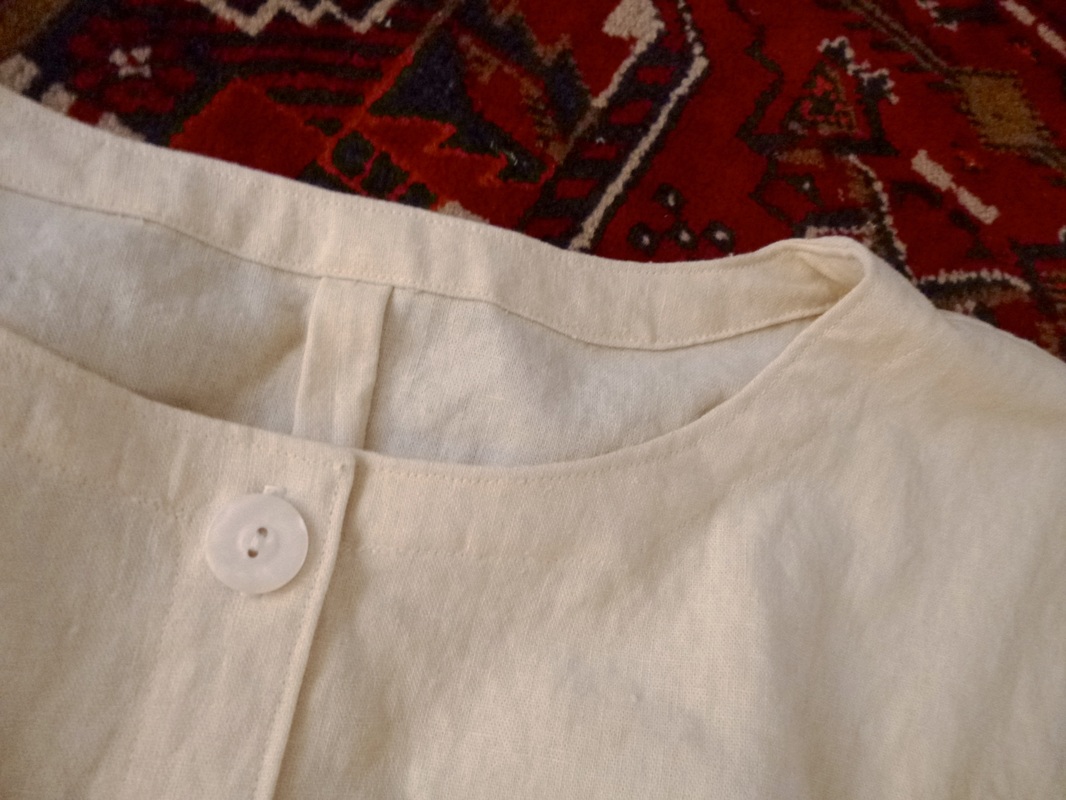
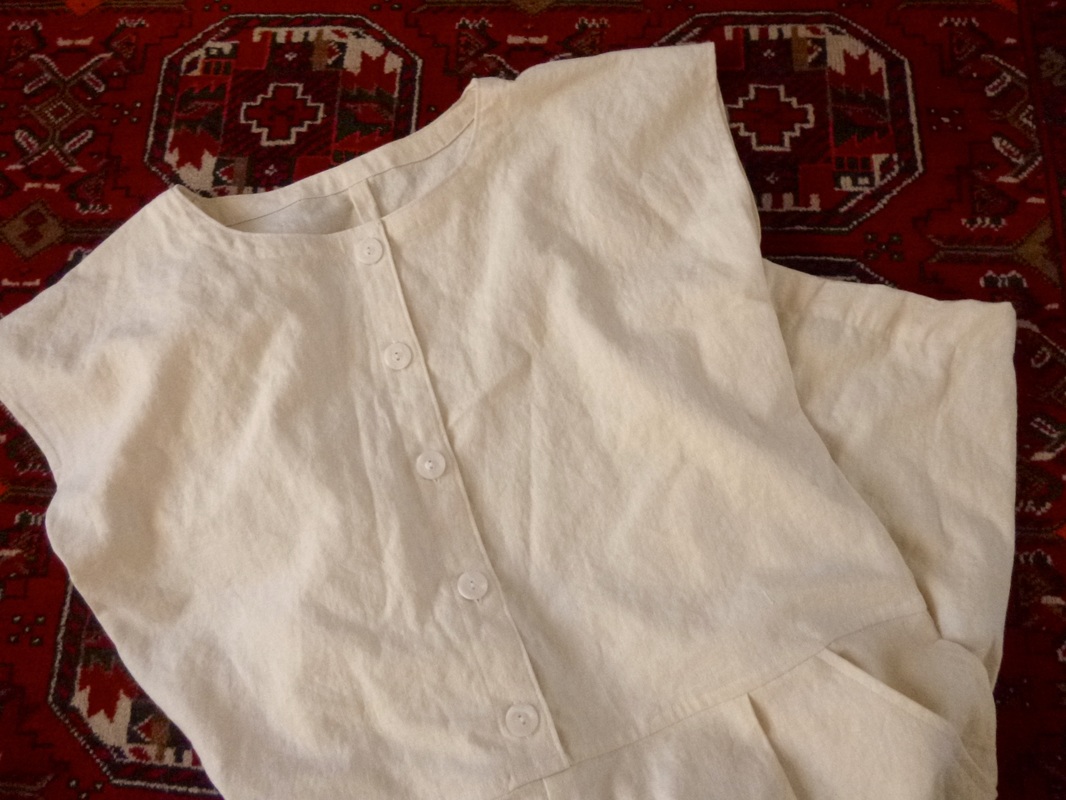
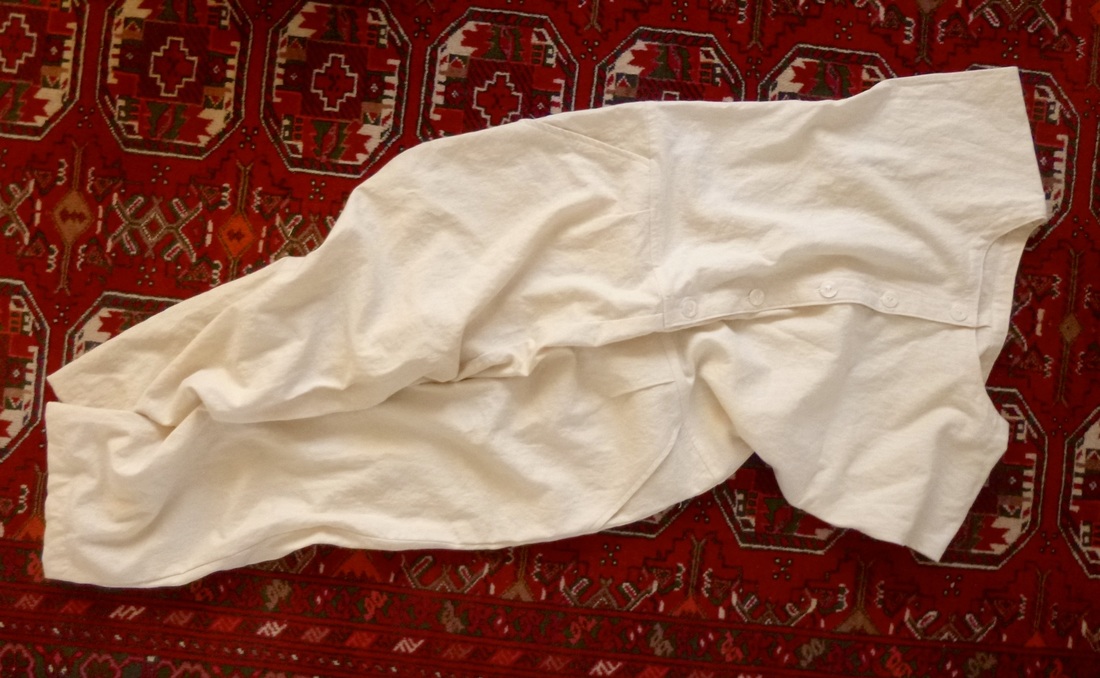
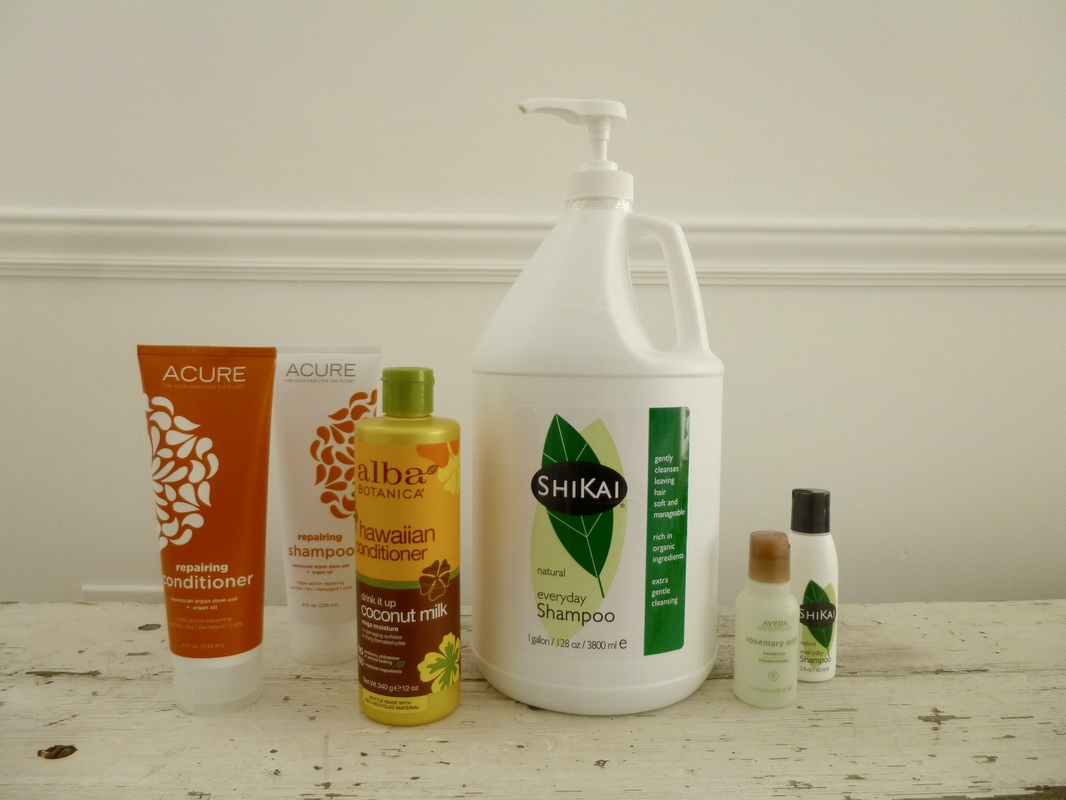
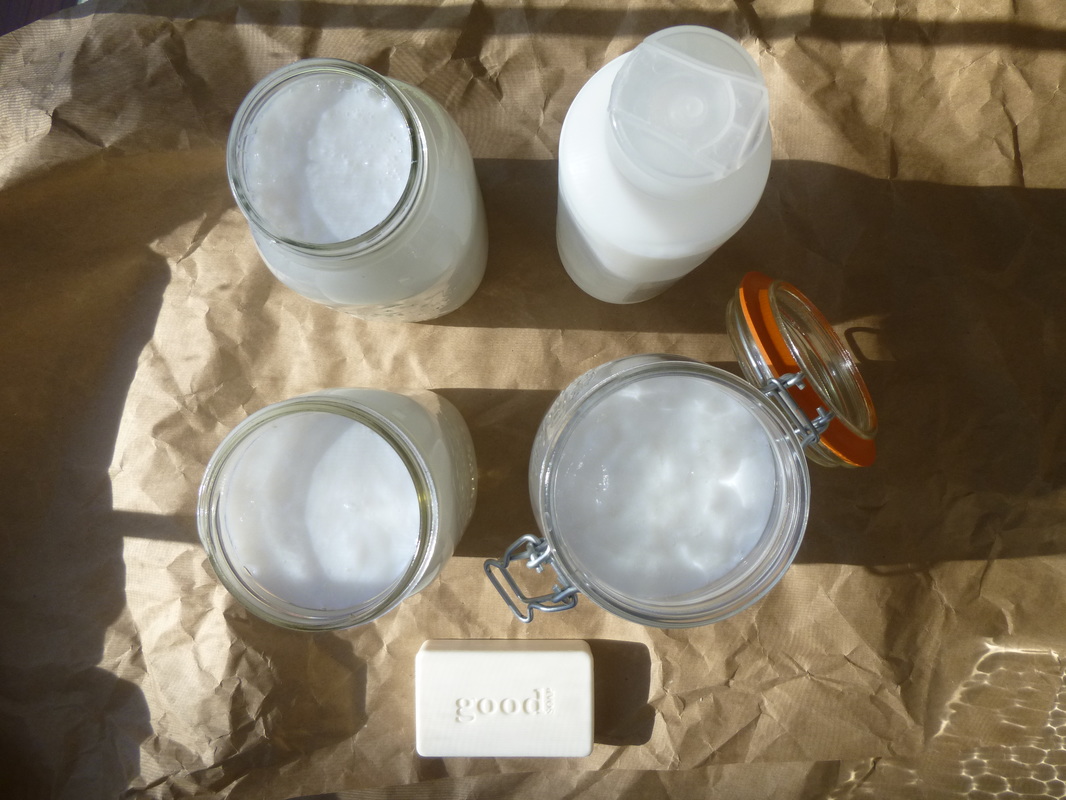
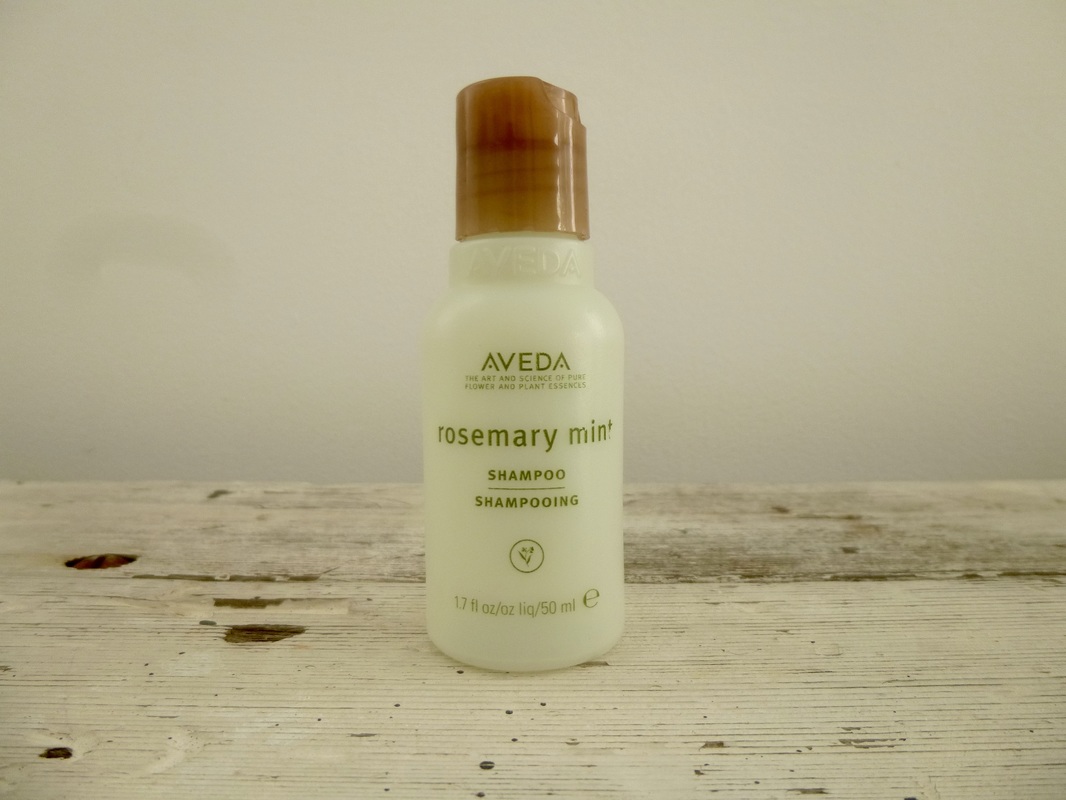
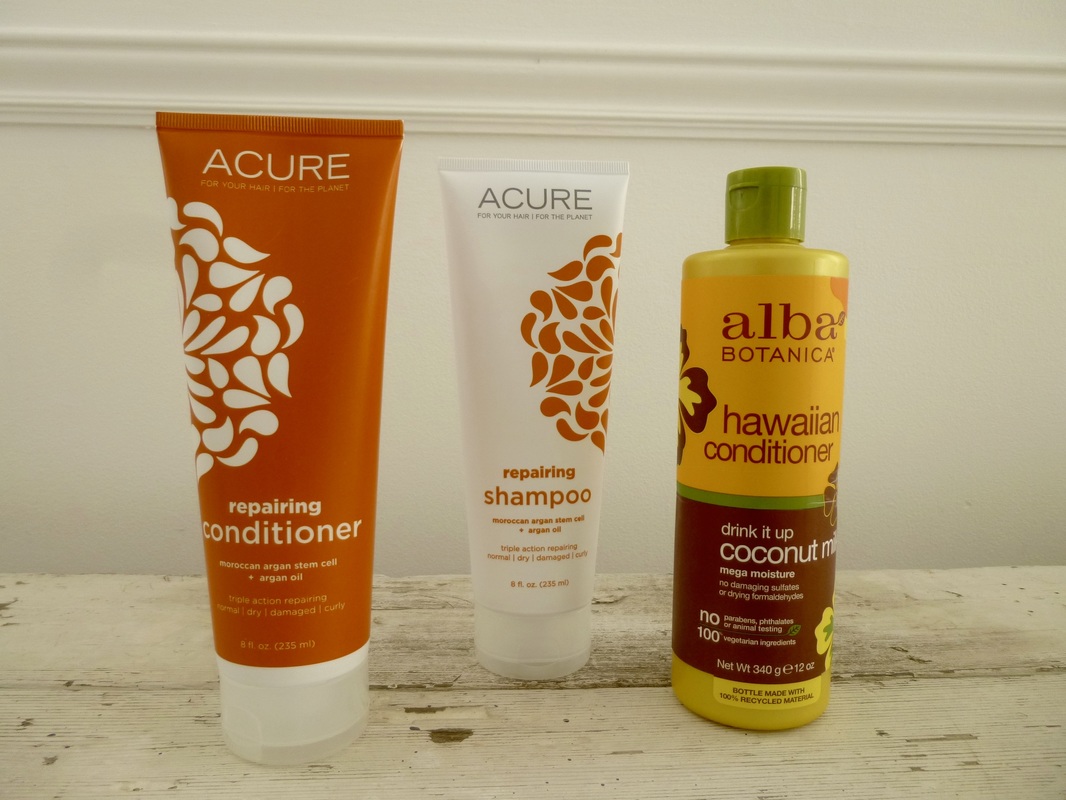
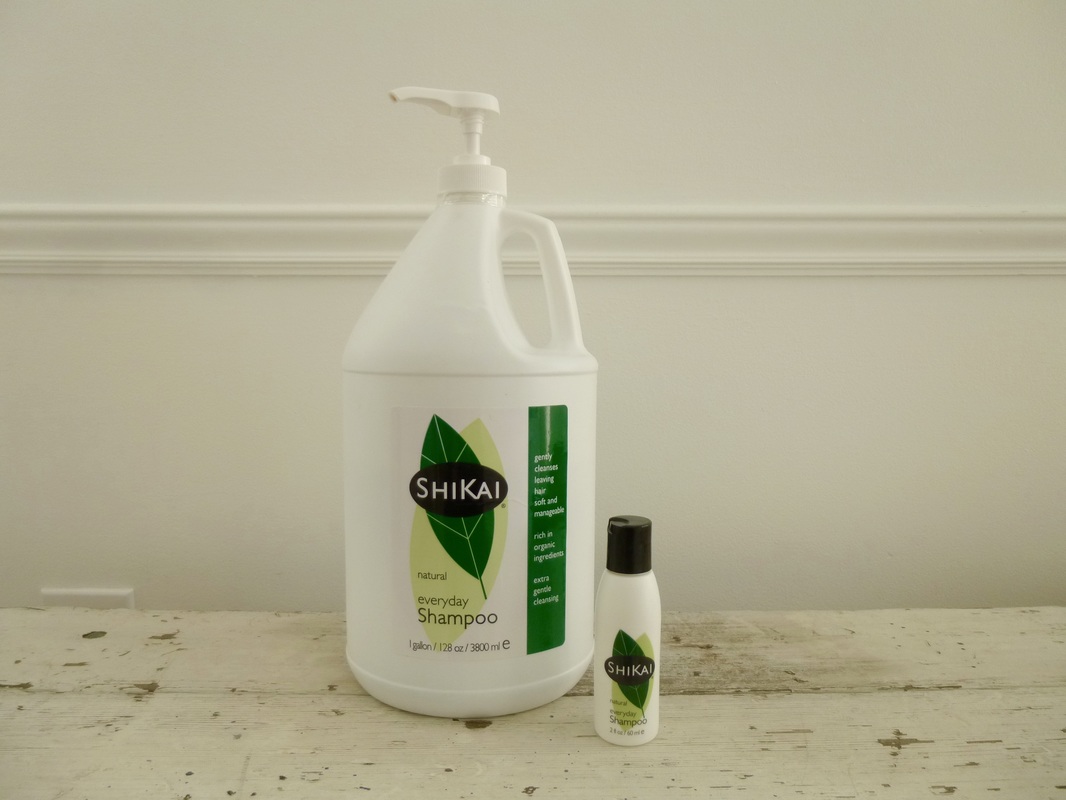
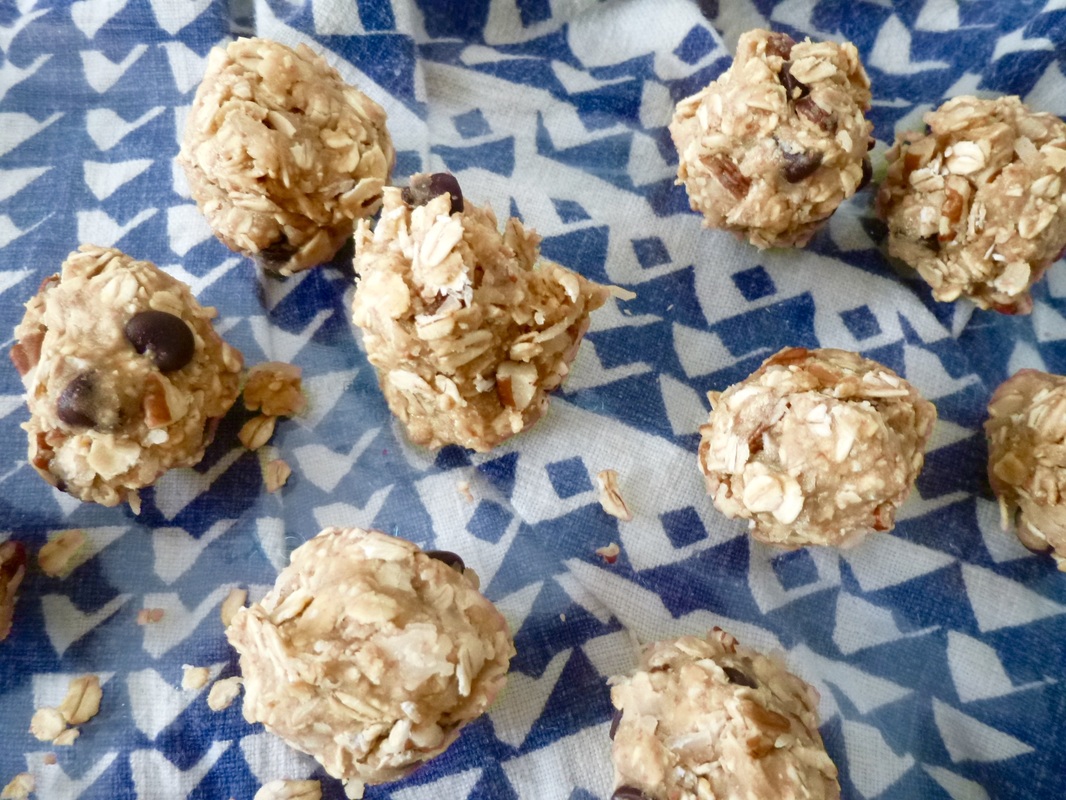
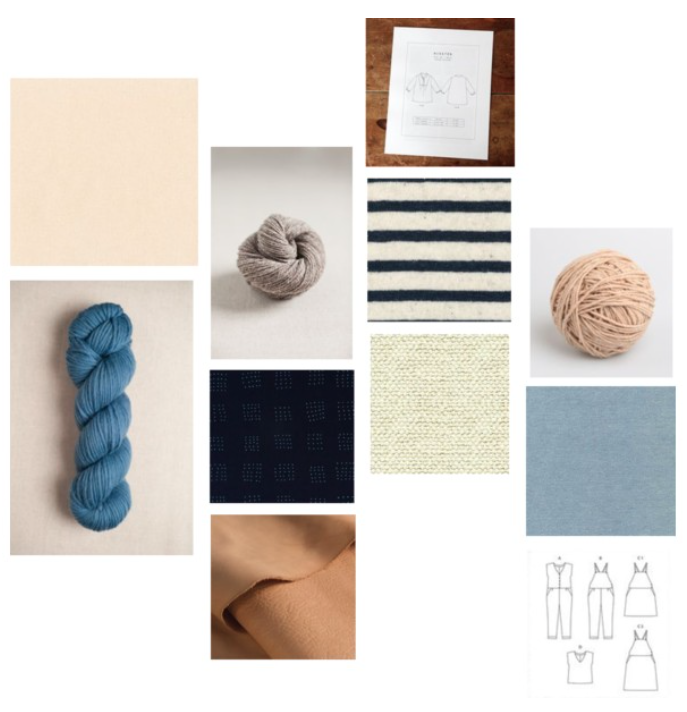
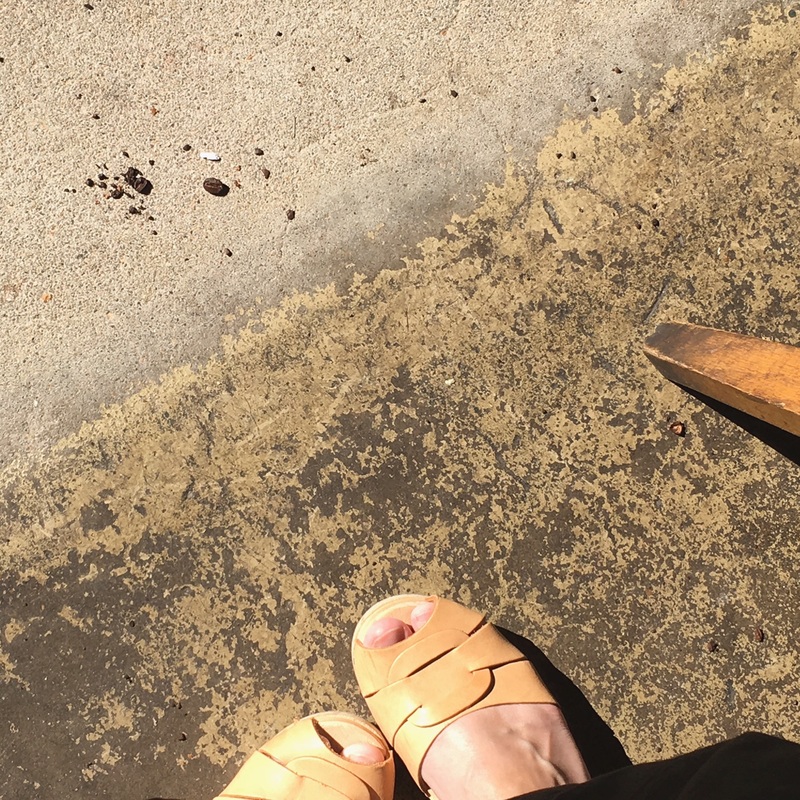
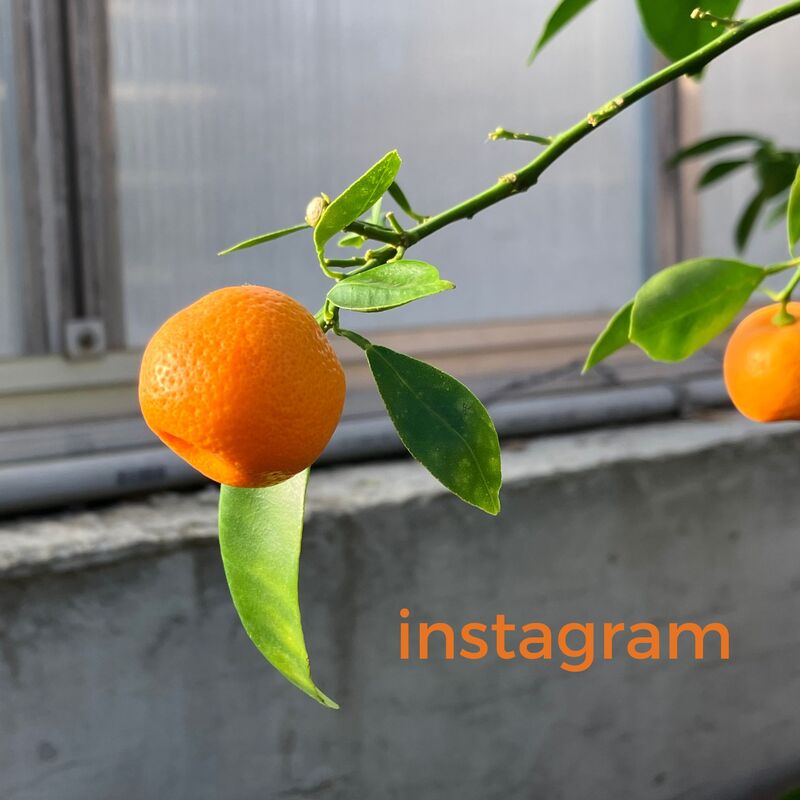
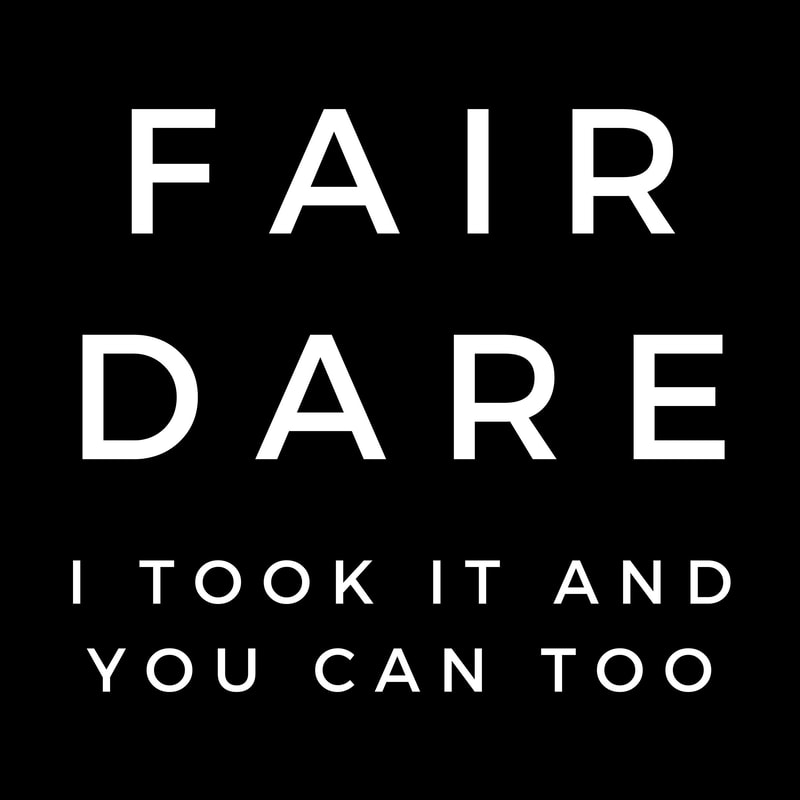
 RSS Feed
RSS Feed